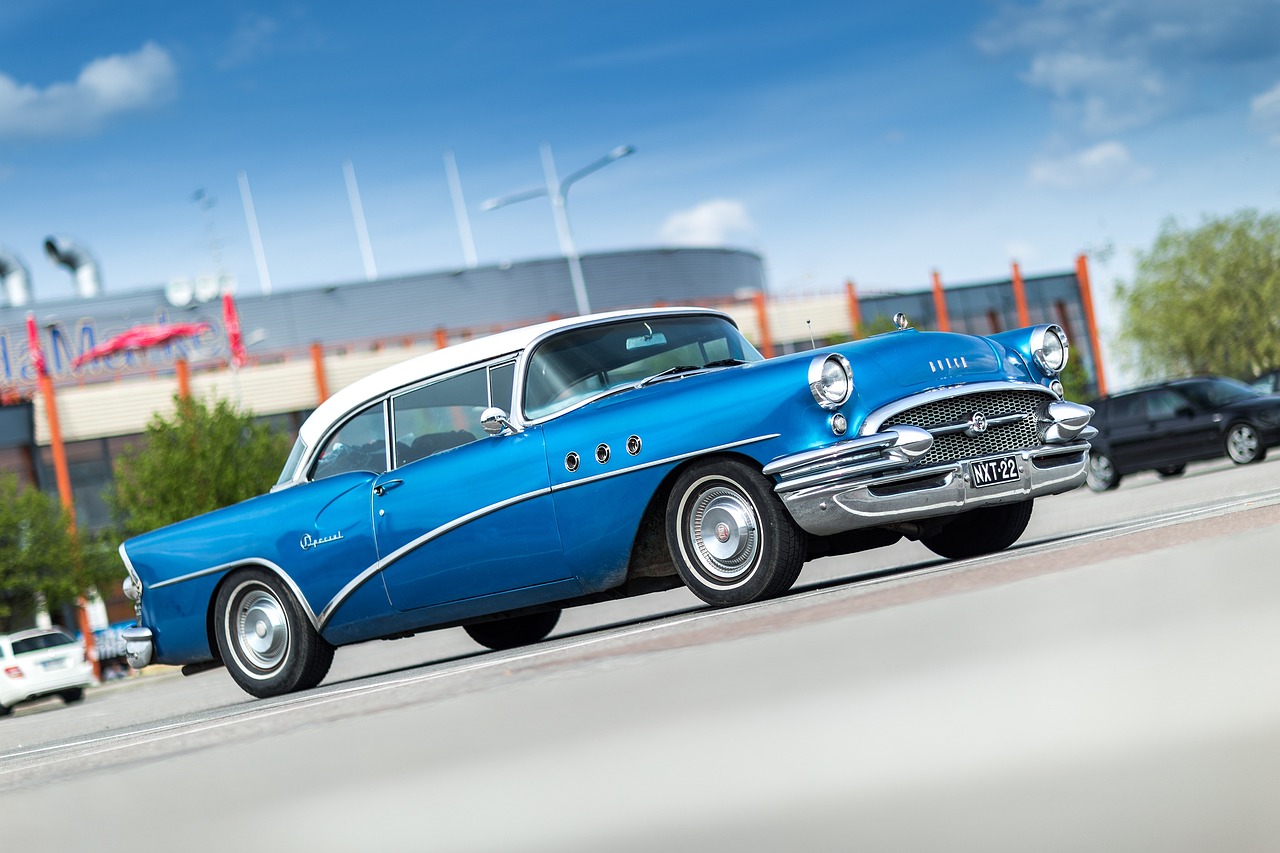When searching for tipping trucks for sale, construction operators need to evaluate multiple technical specifications that directly impact productivity and maintenance costs. Tipping trucks, also called dump trucks or tipper trucks, represent a substantial capital investment that typically ranges from $80,000 for used models to over $250,000 for new heavy-duty configurations. These vehicles form the backbone of material transport in construction, mining, and infrastructure projects, moving everything from excavated soil to aggregate materials. A properly specified tipping truck should deliver at least 10 years of service with appropriate maintenance, making the initial selection decision critical for long-term operational success and return on investment.
Load Capacity and Body Configuration
The payload capacity you need determines the truck's gross vehicle mass rating, which directly affects licensing requirements and road access permissions. Standard tipping trucks handle payloads between 8 and 20 tonnes, while heavy-duty models manage 25 to 35 tonnes. You need to calculate not just the weight of materials but also account for moisture content—wet soil or aggregate can weigh significantly more than dry materials.
Body volume matters as much as weight capacity. A 10-cubic-meter body works well for dense materials like gravel or crushed rock, while lighter materials such as mulch or topsoil might require 15 to 20 cubic meters to reach weight limits. Steel bodies typically use 4mm to 6mm thickness for the floor and 3mm for the sides, which provides durability against impact from excavator buckets or loaders. Aluminum bodies reduce weight by approximately 30%, allowing higher payload capacity, but they cost 40% to 50% more initially.
The tipping mechanism itself comes in two main types. Hydraulic rams mounted under the body provide lifting force, with single-ram systems adequate for lighter trucks and twin-ram configurations necessary for heavier loads. The body should reach a tipping angle of at least 50 degrees to ensure complete discharge of sticky or wet materials. Some advanced systems include automatic tailgate release and vibrating floors that help stubborn loads slide out without manual intervention.
Engine Performance and Transmission Selection
Engine power needs to match your typical operating conditions. Trucks working on flat terrain with moderate loads can function adequately with 240 to 280 horsepower, but operations involving steep grades or heavy loads require 320 to 400 horsepower. Torque ratings between 1,000 and 1,600 Newton-meters determine how well the truck handles starting from a stop with full loads or climbing hills without downshifting excessively.
Transmission choice affects both ease of operation and fuel efficiency. Manual gearboxes with 9 to 13 speeds give experienced drivers precise control and typically cost less to repair, but they require more skill and can fatigue operators during long shifts. Automated manual transmissions combine the efficiency of manual gearboxes with the convenience of automatic operation, though they add $10,000 to $15,000 to the purchase price. These systems use electronic controls to manage clutch engagement and gear selection, reducing driver workload while maintaining fuel economy that's within 5% of manual transmission performance.




Want to add a comment?